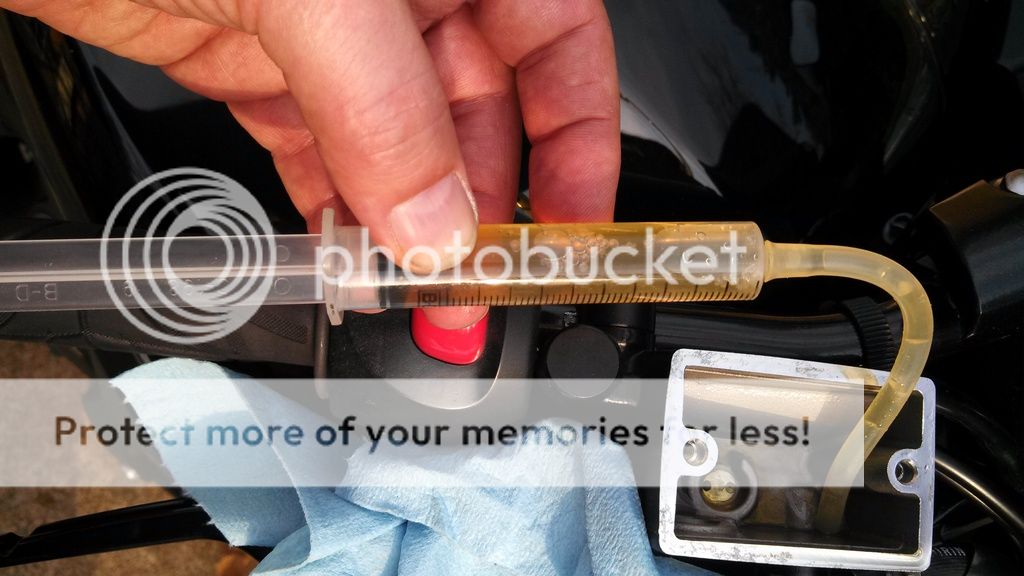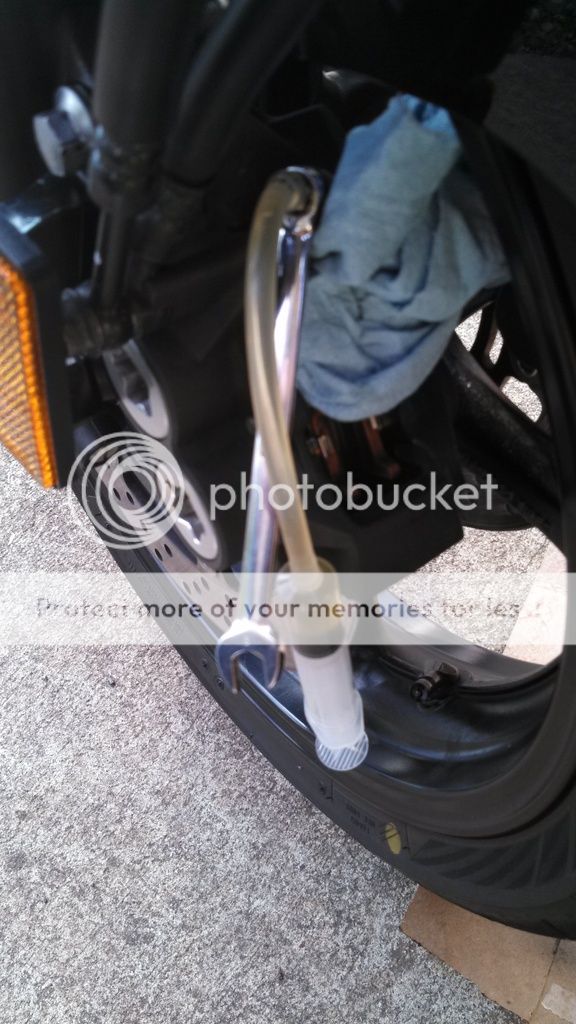So ran into a small snag with my bike, I got vandalized. Mostly minor crap, still a pain in the ass though.
They cut my seat, had a spare so that's ok.
Busted my windshield snagging a new (to me !) off of eBay, but in a real kick in the butt, they cut my front brake lines. Would have been more damage I'm sure but they were interrupted by a very nice feller who held them until the police showed up.
My problem is I snagged some new SS lines but I can't seem to get the brake system to build any pressure, right side pistons I pushed in when I was changing the lines and the left side is still pushed out. I however didn't clean them when I had the calliper off, my bad been a rough week.
So what could I be missing ? Should I pull the caliber off and clean the pistons ? I'm wondering if they aren't sliding or something is pooched on them, seals ?
Early spring here is great but know I can't ride because of this, pretty sure front brakes are important ....
Thoughts ? Help ?
They cut my seat, had a spare so that's ok.
Busted my windshield snagging a new (to me !) off of eBay, but in a real kick in the butt, they cut my front brake lines. Would have been more damage I'm sure but they were interrupted by a very nice feller who held them until the police showed up.
My problem is I snagged some new SS lines but I can't seem to get the brake system to build any pressure, right side pistons I pushed in when I was changing the lines and the left side is still pushed out. I however didn't clean them when I had the calliper off, my bad been a rough week.
So what could I be missing ? Should I pull the caliber off and clean the pistons ? I'm wondering if they aren't sliding or something is pooched on them, seals ?
Early spring here is great but know I can't ride because of this, pretty sure front brakes are important ....
Thoughts ? Help ?



